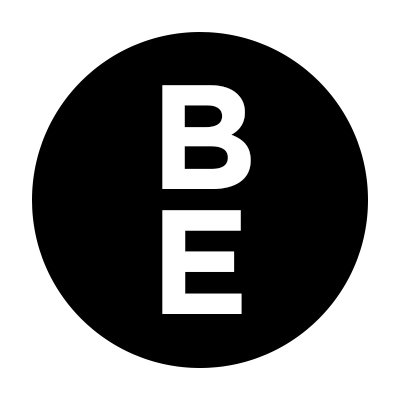Do more, say less.
When we started Beautiful Everything just over 3 years ago, we found ourselves adopting the phrase “Do more and say less” frequently.
It’s simple phrase that neatly delivers what we believe in. Through the careful consideration and focus on customer, audience or user needs, your organisation should be able to make greater differentiation and value by analysing and potentially adapting a product or service delivery, than it could ever do by purely shouting about it.
We’ve spoken before about Jim Carroll’s views on this and the importance of product truth and how any communication should be rooted in this truth.
But it’s easier said than done. That’s why a marketing department at any organisation often spends more time focussing on the “saying” rather than the “doing”. It’s not just the marketing department’s fault either, let’s be clear about that. Organisational change or flexibility can be essential to allow a change in direction around a product or service and that’s not always seen as the marketing departments remit. However, if this product or service development is not the responsibility of the marketing team, that shouldn’t stop them from raising a concern or pushing for change from whoever is responsible from within their organisation.
So why isn’t it easy? Well, any change can be seen as a daunting prospect – why rock the boat when it’s still afloat? And once you’ve started rocking, what’s the next step? How do you suggest where to focus your energy on?
The power of insight
Well we’d start with insight. If there’s a belief or concern that there’s an issue around a particular product or service, it’s going to be best to try and establish more details and move that belief into an insight powered objective view – these are much harder for anyone to ignore.
Insights can be gained by many methods – user experience testing, face to face interviews, secret shopping to name but a few. With a number of research and insight activities a better and clearer picture starts to take shape. A picture that should hopefully allow you to change a product or service for the good of the user.
Investing time and money into projects such as these is the start of moving your organisation into one that does more and says less, creating a greater value for your users/customers/audience and differentiating you from your competitors.
I’ve been reviewing the latest work to come from the world-renowned agency Wieden & Kennedy’s London office this week on the F1 brand redevelopment, some really lovely creative work has come from it. But what really stood out was the clear role that research had played in this brand development work, conducted by Flamingo. The hope here is that the research is now not only informing the brand identity of F1, but is also playing a role in shaping the way F1 delivers its products and services to its customer/fan base.
Be brave and face real change, rather than rolling out the same plan as last year. But when you do, do it properly with an informed strategic plan based on genuine insights.


